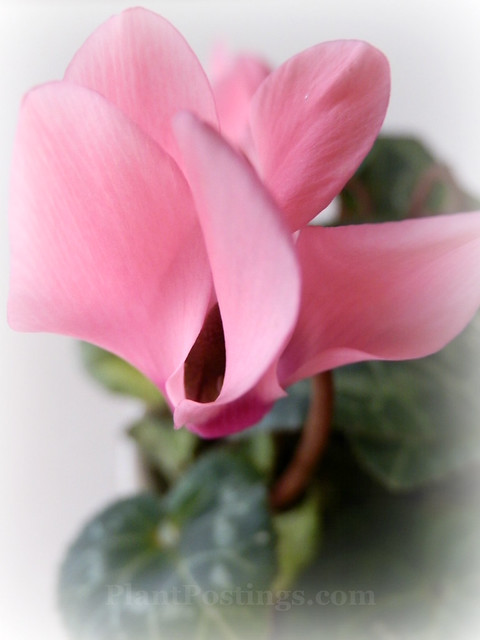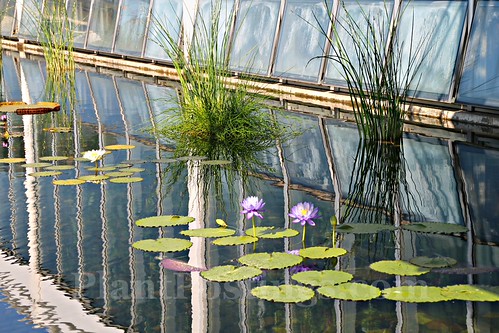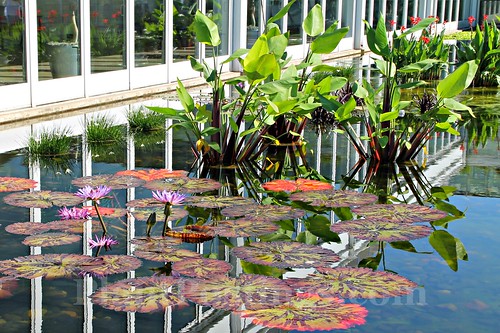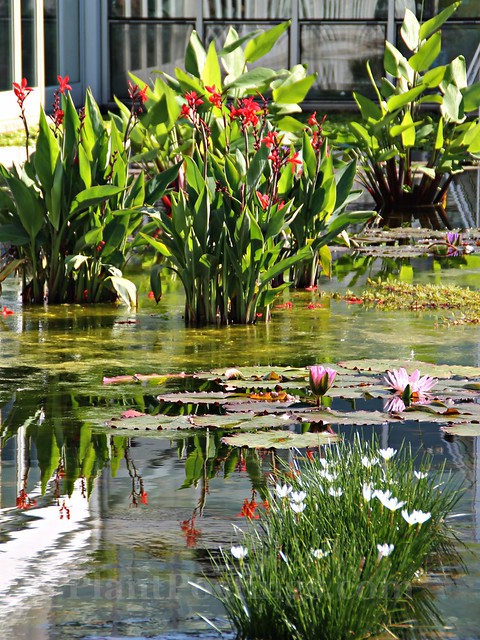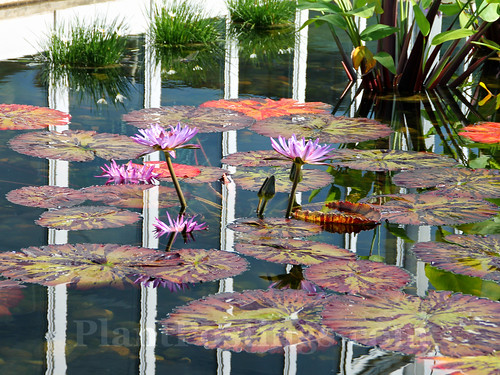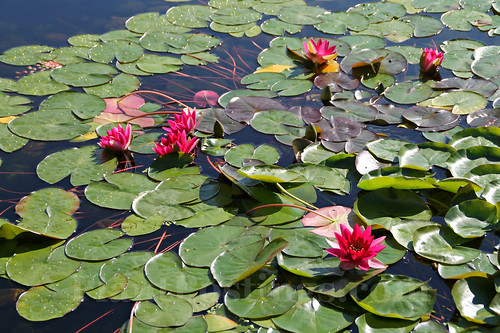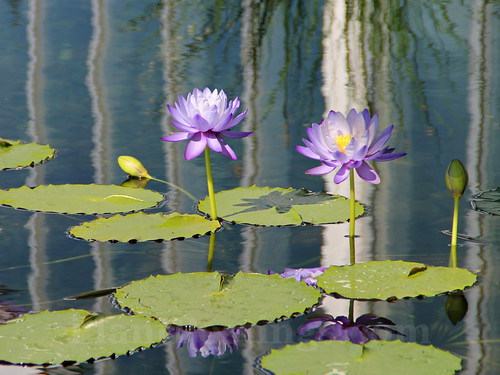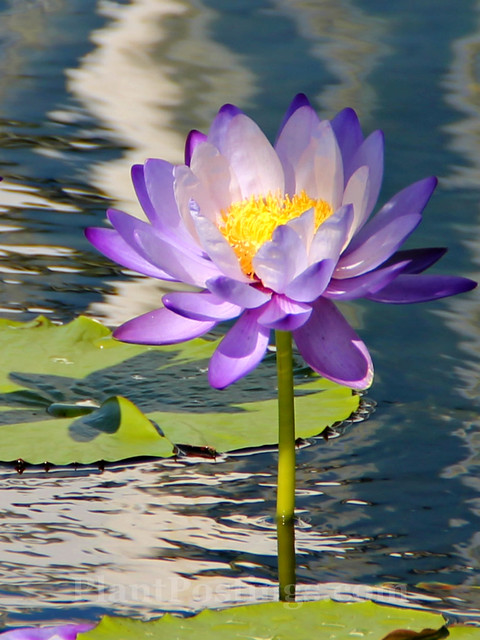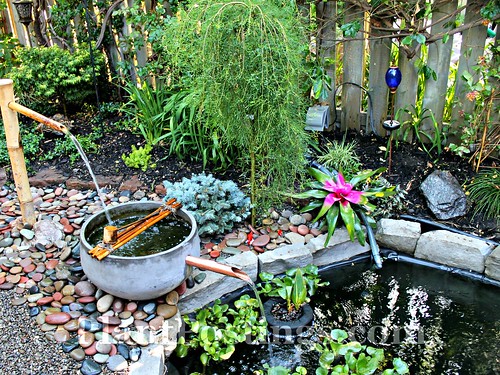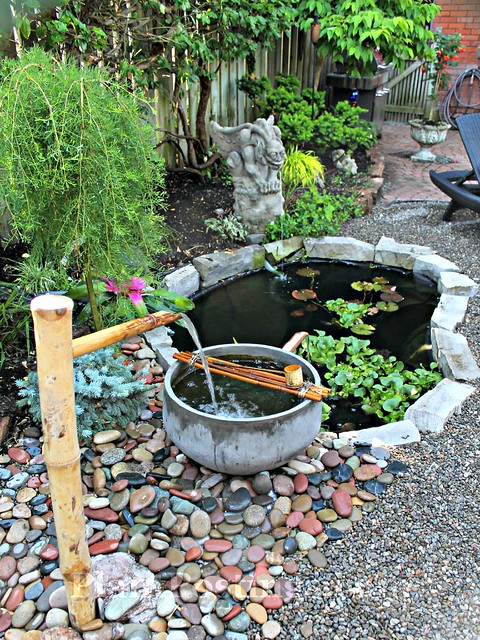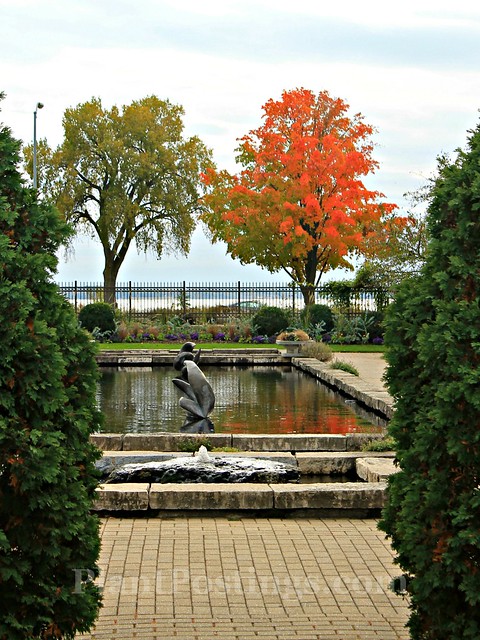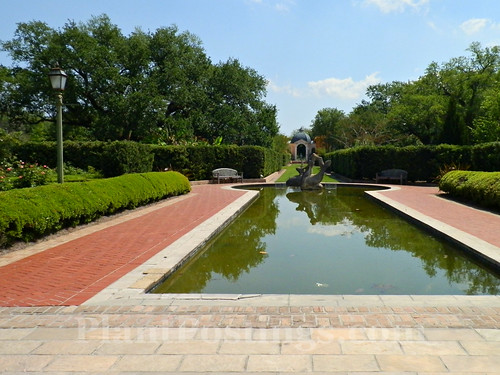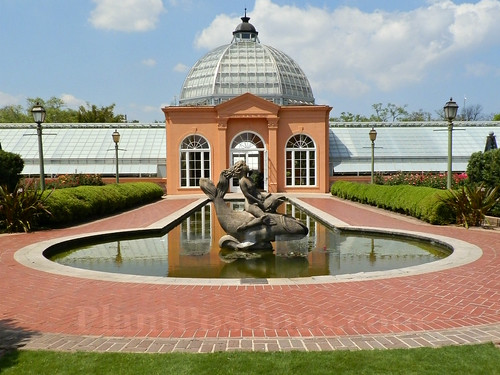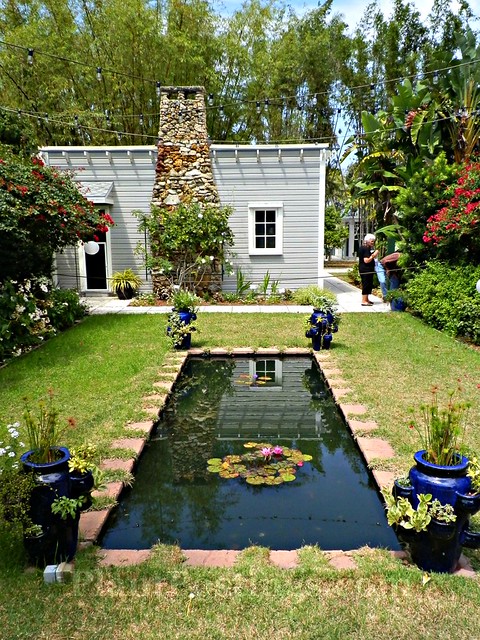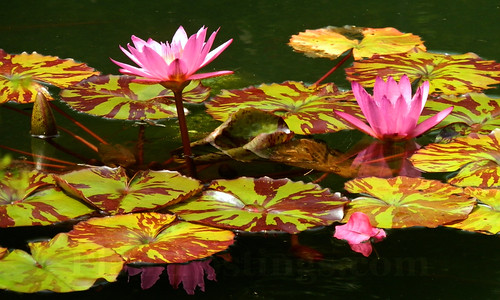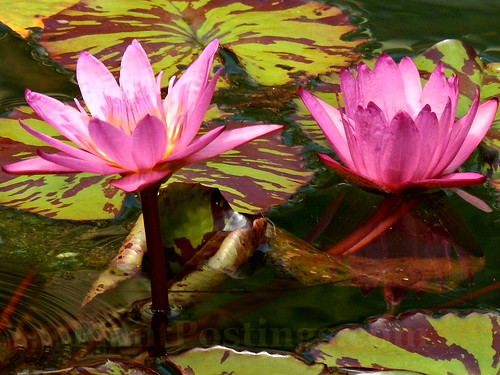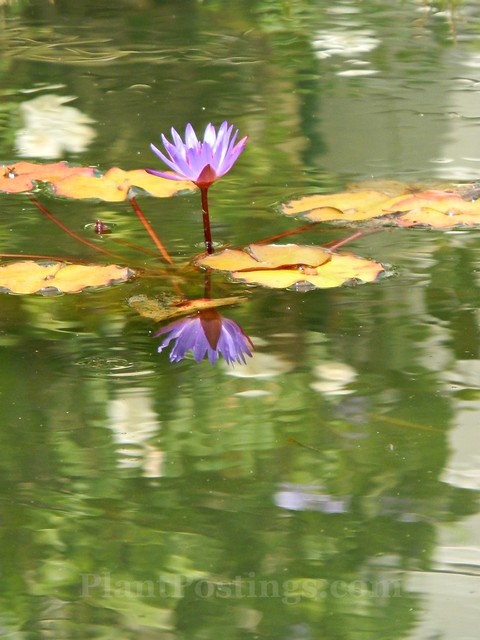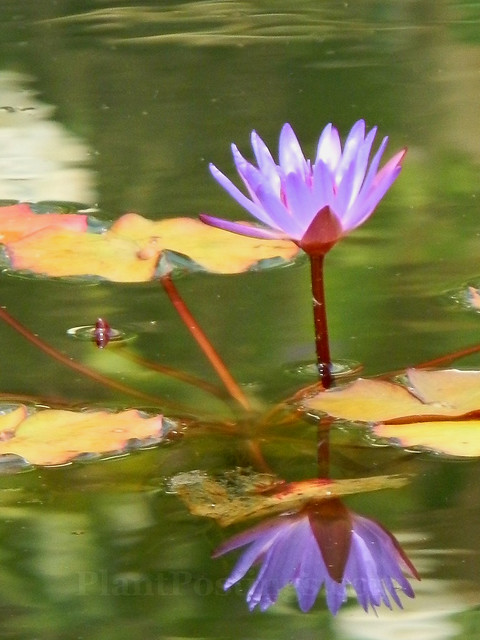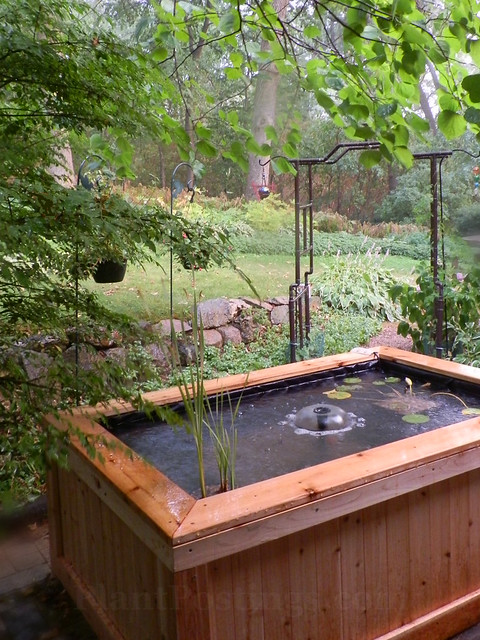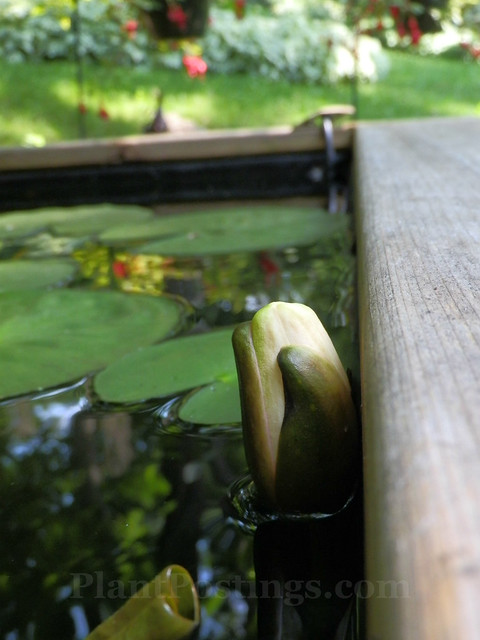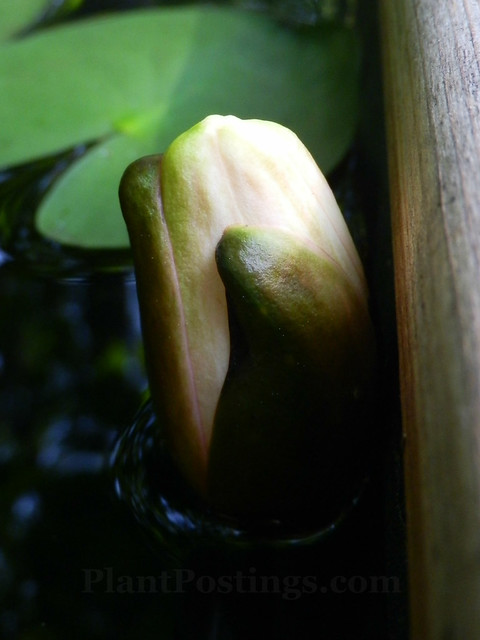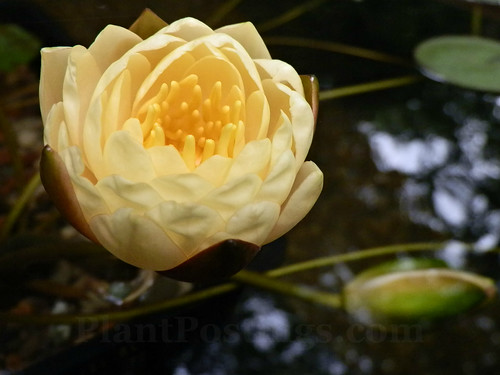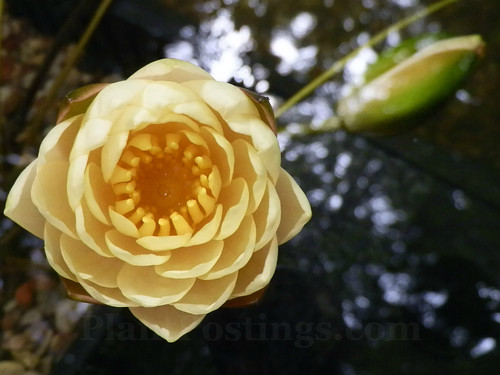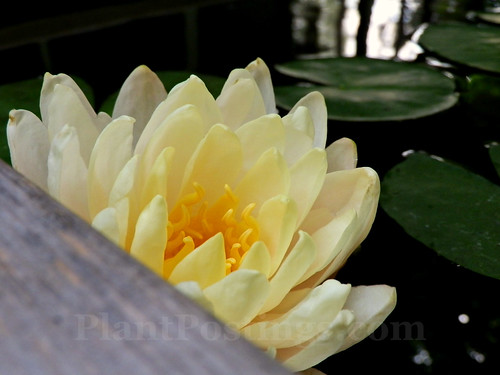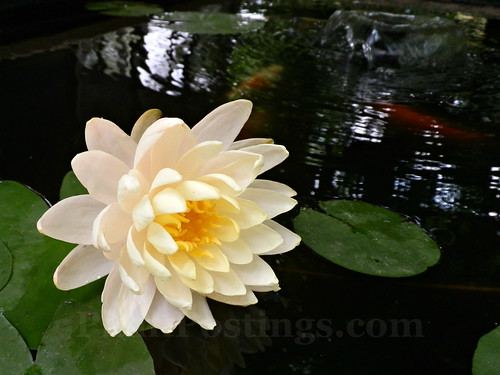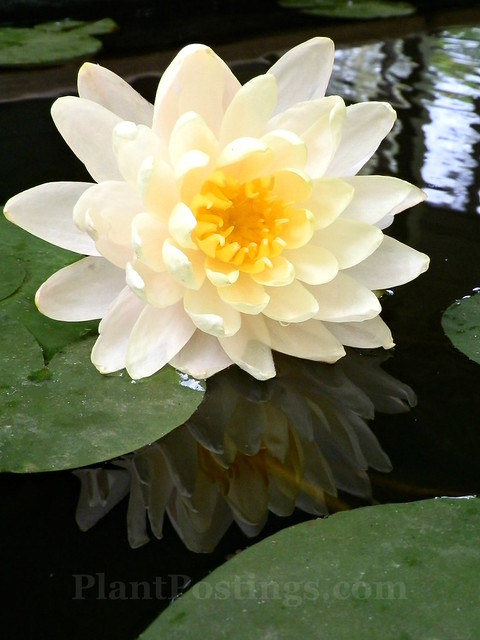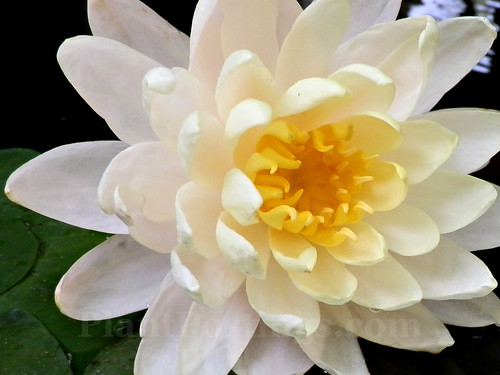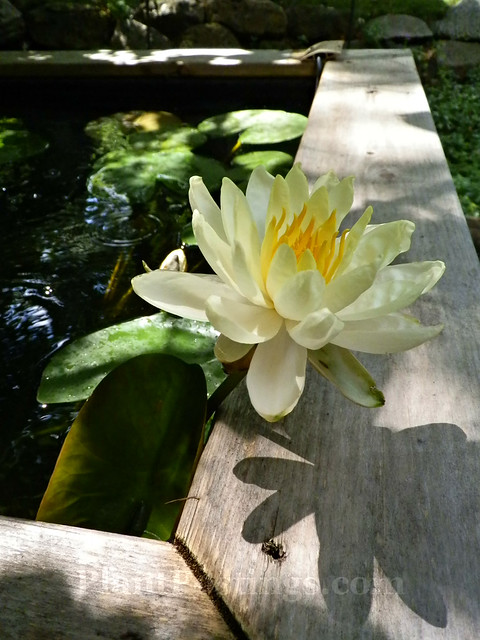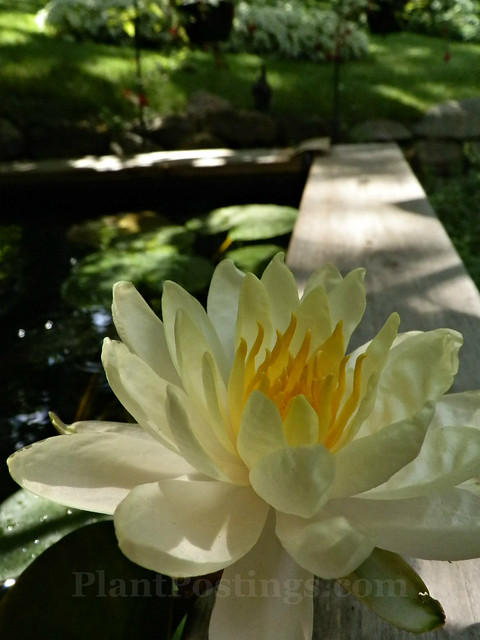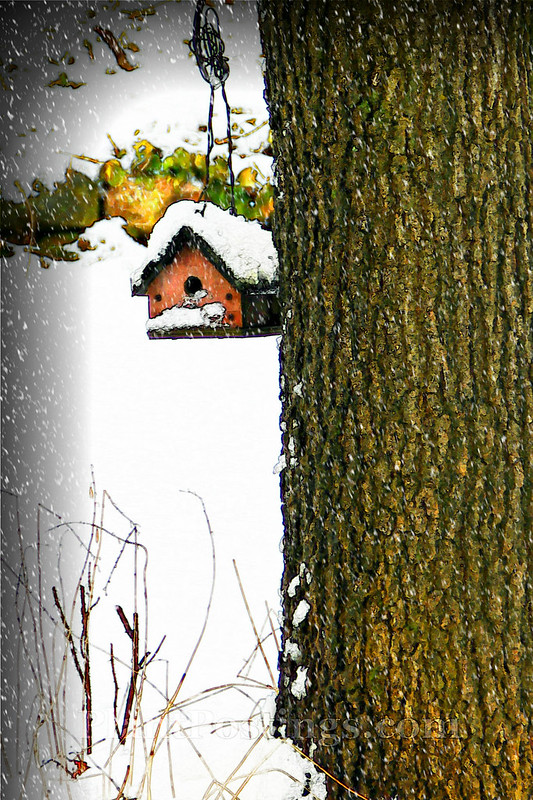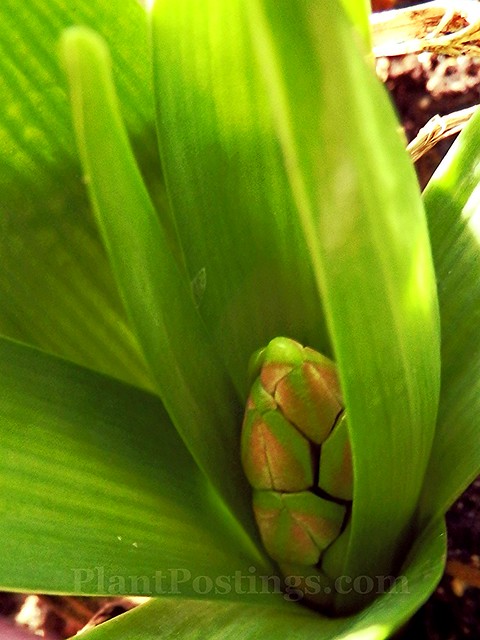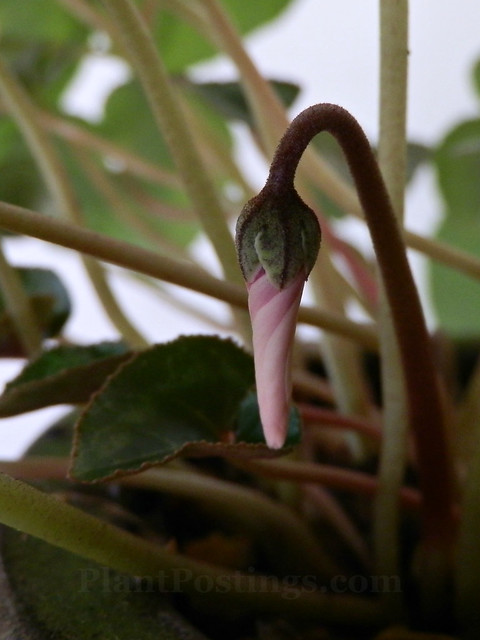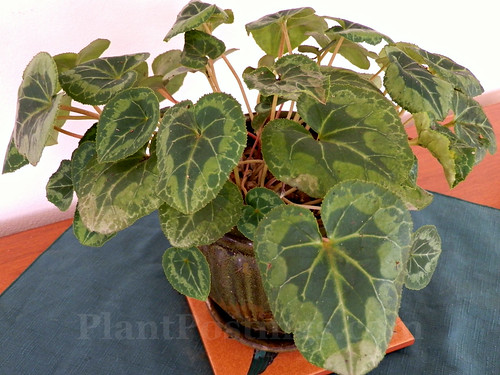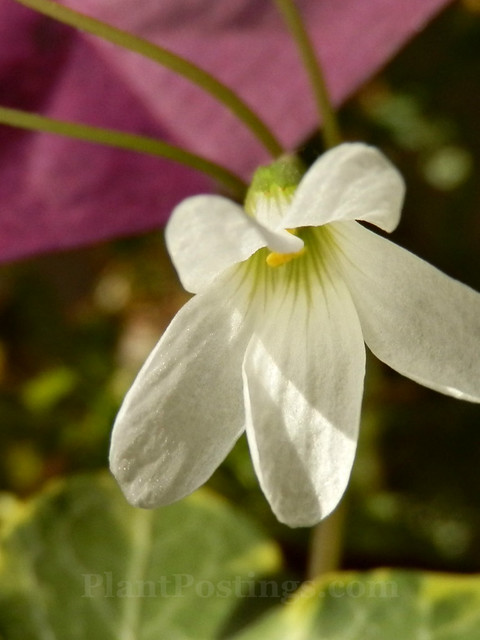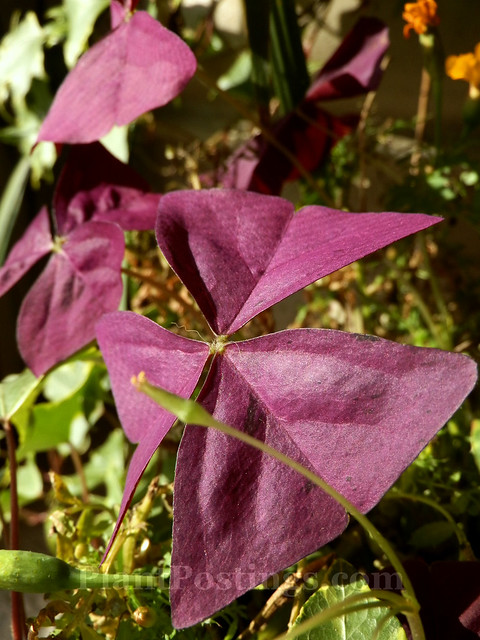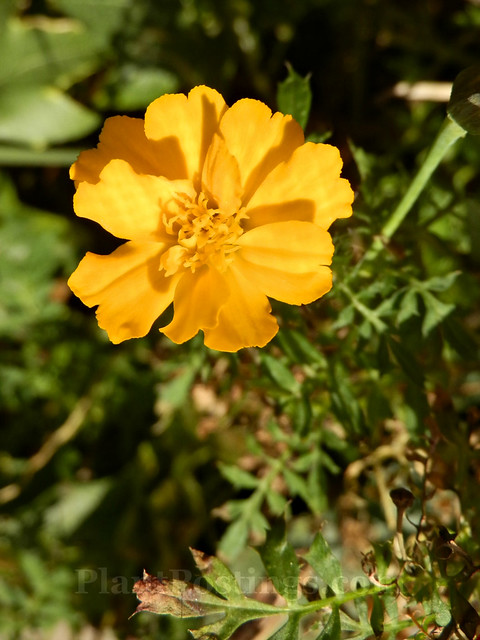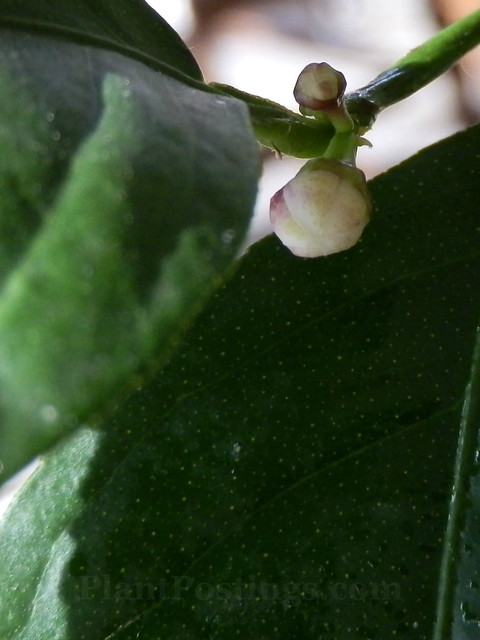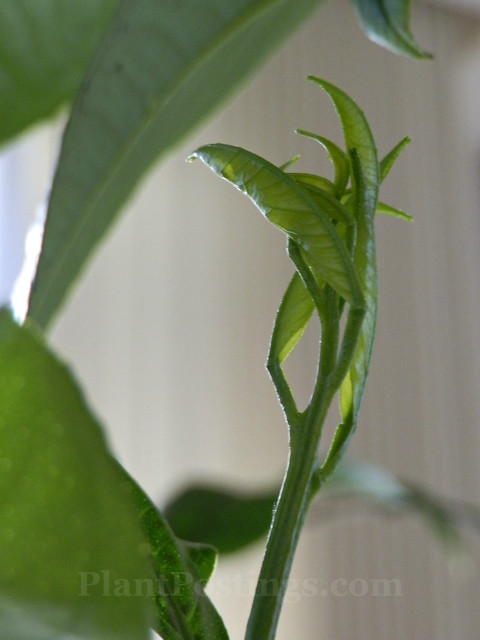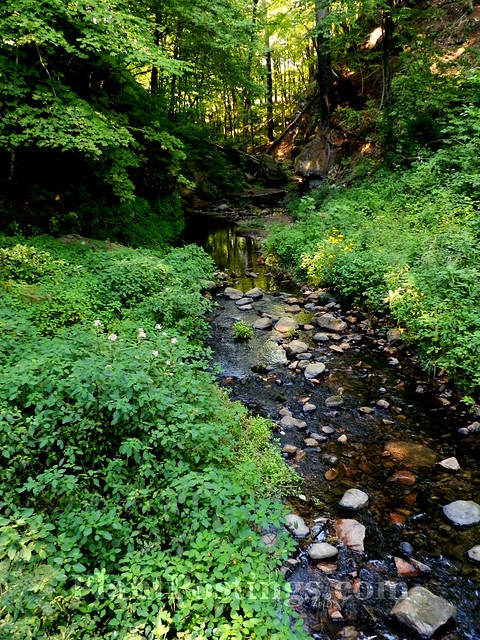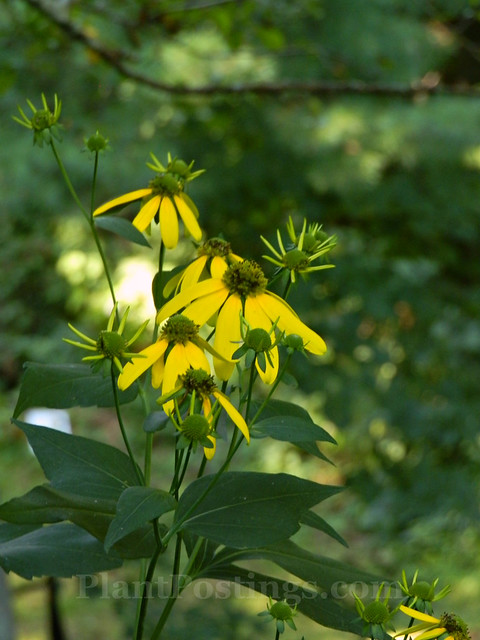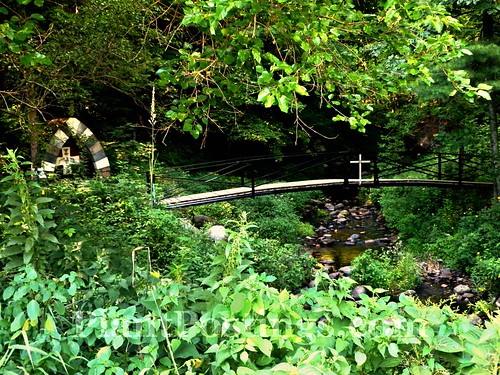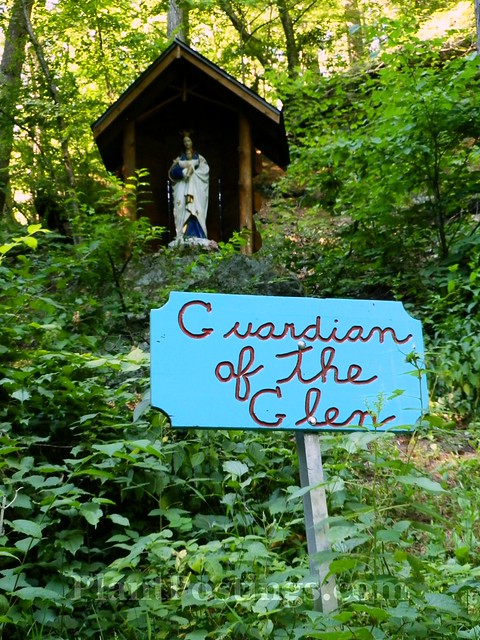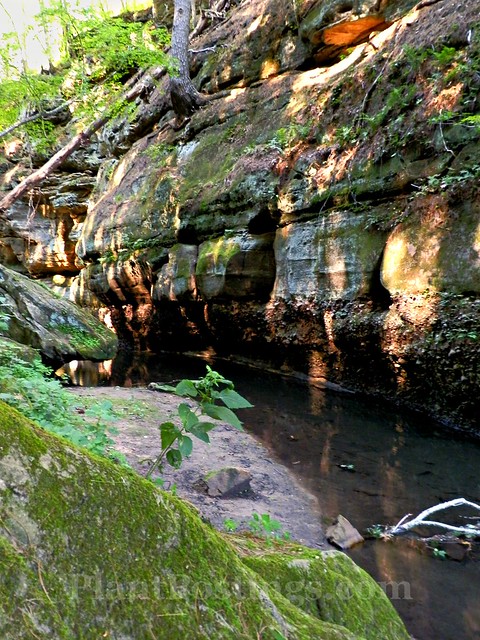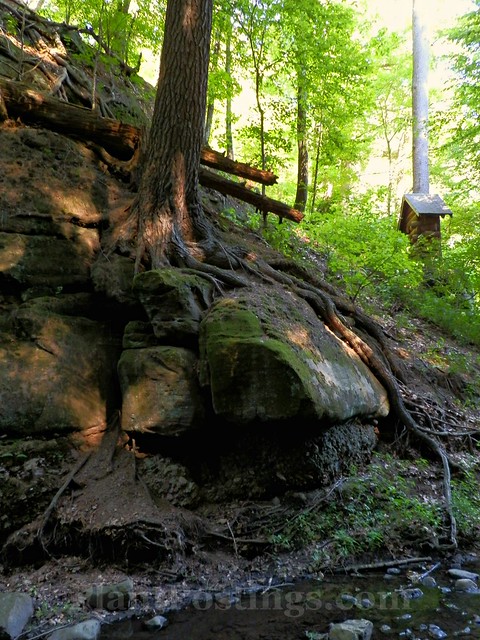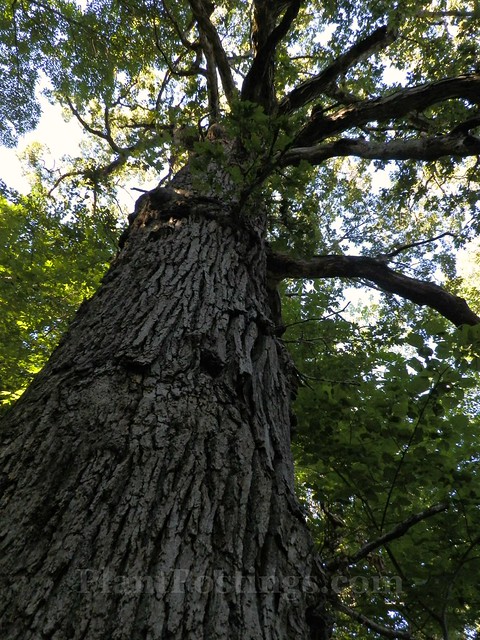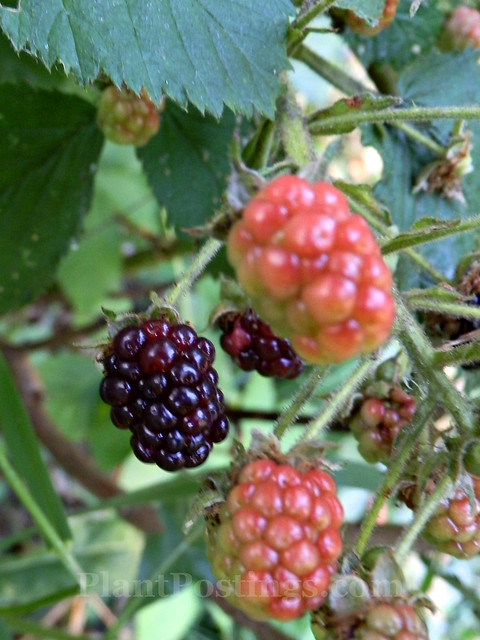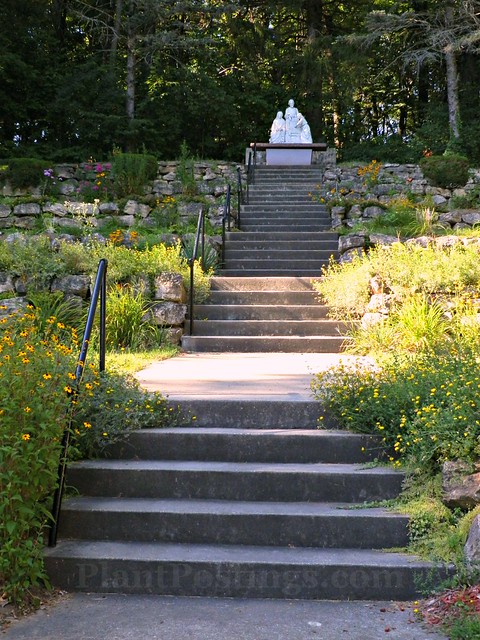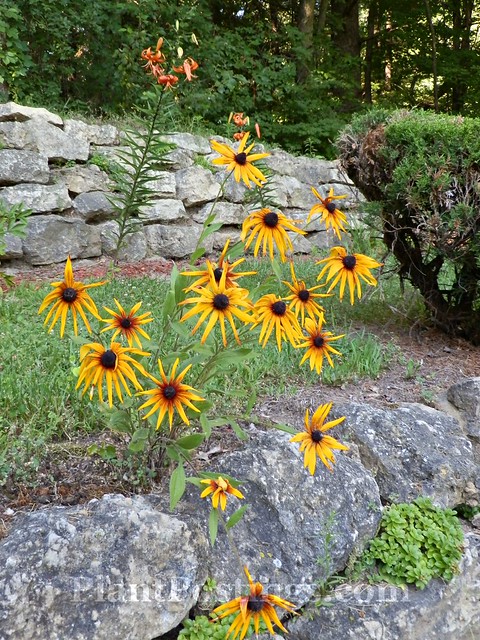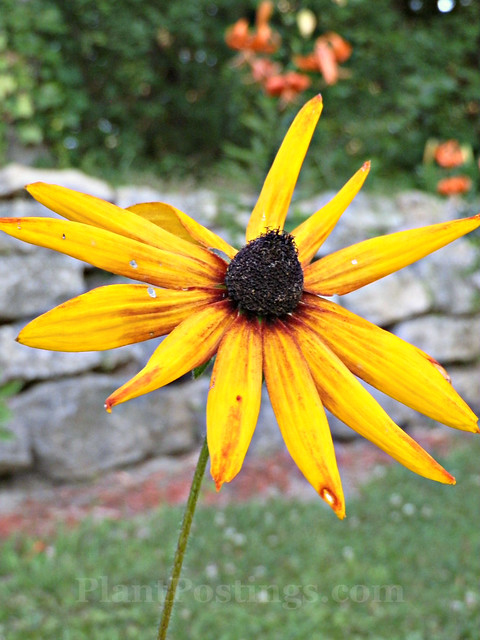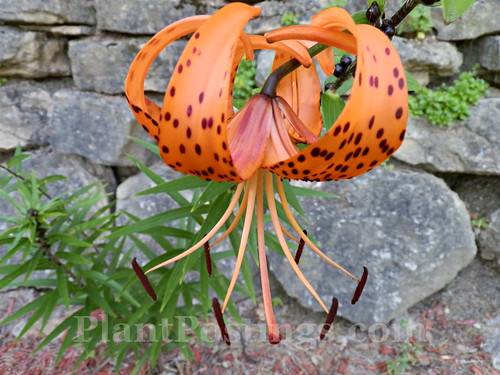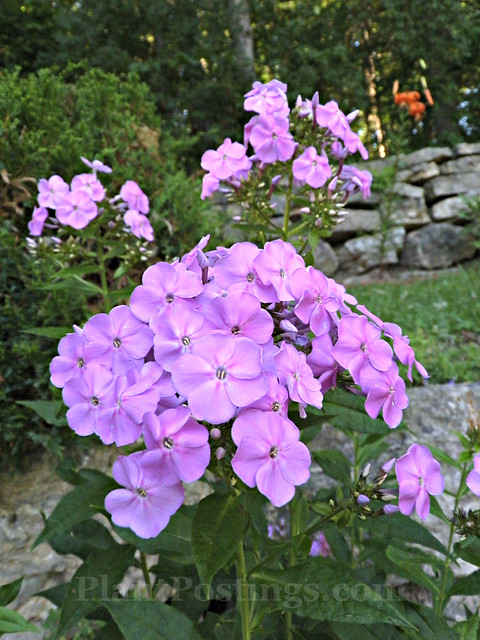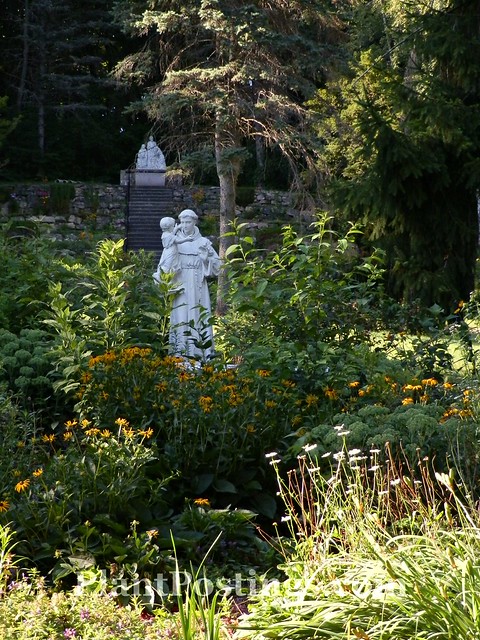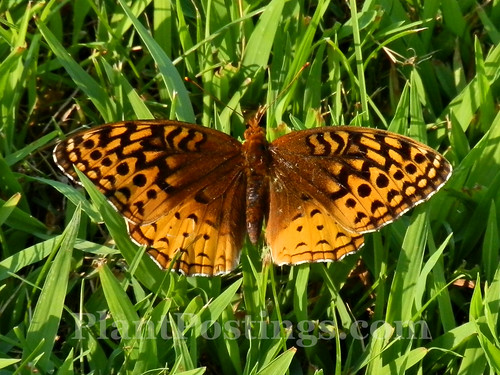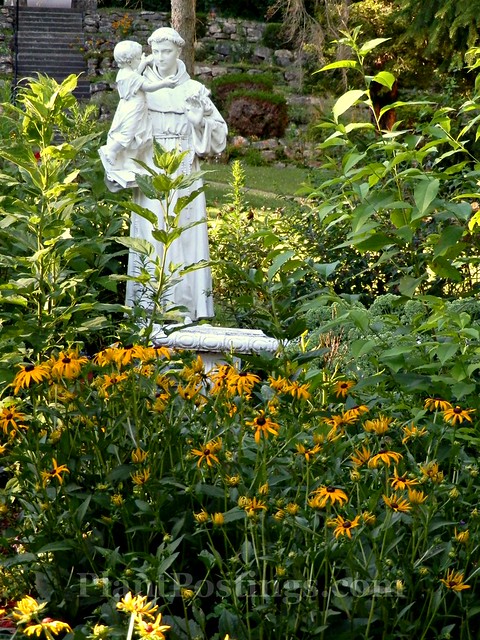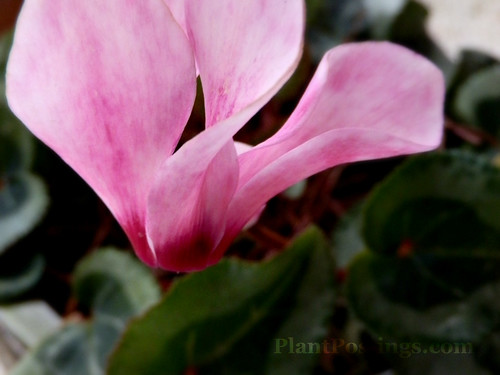
I write this post not with any pretense about success in growing indoor potted plants. On the contrary, my record with them, in general, is not good.
I can remember my dear grandmother's home filled with African violets that spanned the color range, and she was able to keep them growing for years on end, with repeat full and lush blooms. She may have had a Cyclamen or a few other blooming plants among her collection--I don't recall.
My experience is not as impressive. Historically, I've killed more indoor potted plants than I'd care to share here. But that doesn't stop me from trying. And in recent years, I've had more success (or perhaps luck). One of the plants that has surprised me with its longevity and lush growth is a Cyclamen plant I picked up four years ago.
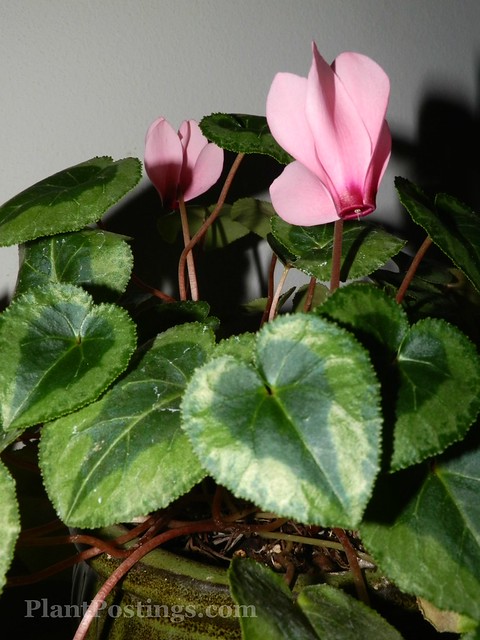
Most potted Cyclamens are
florist cultivars of C. persicum, a species native to the Middle East, Northern Africa, and Eastern Europe. The species has a limited range of allowable conditions in the wild, which probably accounts for its persnickety temperament.
Now, mind you, I don't necessarily follow the rules when it comes to dealing with potted plants--particularly those that go dormant. (
Visit this link to learn more about conditions preferred by potted Cyclamen plants.) I don't have the patience to put them away in a dark room, water them at a specific time, hang them upside down, and do the hokey-pokey. But for the purposes of documentation, here are the conditions and steps I've followed that have kept this little Cyclamen plant going and flourishing since 2013:
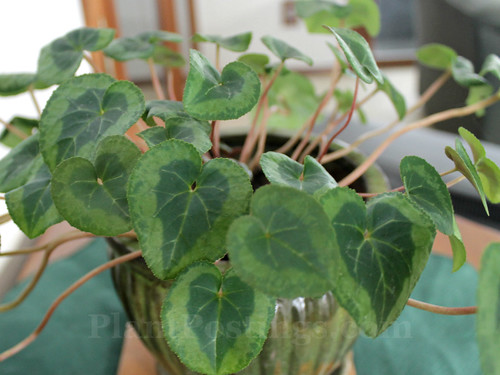 • I first transplanted
• I first transplanted my Cyclamen from its plastic retail container to the ceramic pot it inhabits to this day. I've never transplanted it again, though many recommend that practice annually after summer dormancy. This particular container has good drainage, but I used only regular potting soil with small pebbles on top for mulch/decoration.
 • During the winter,
• During the winter, the plant lives on a small table on the north side of the sunroom, which faces south. Here, it receives indirect light from dawn until dusk. The room is partially heated, but is closed off from the rest of the house. Daytime temperatures range from about 50F to 70F, depending on the sunlight, the day length, and the outdoor air temperatures/wind conditions. Nighttime temps range from about 38F to 50F. The room is more humid than the rest of the house, but on dry, cold days I do mist the plants to maintain slightly higher humidity.
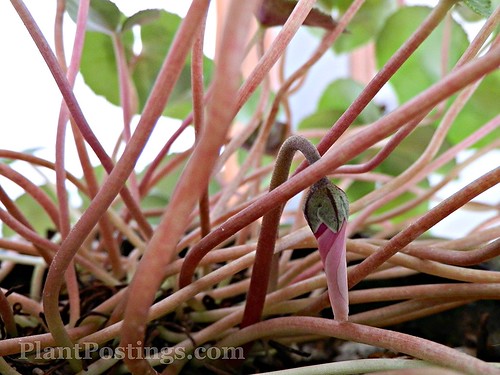
Bloom time for my little Cyclamen plant begins anywhere from early January to mid-February. I don't know why it varies--probably because I don't follow the rules. It's always exciting to see the first budding stems pop out of the soil. At first, they look very much like the foliage stems, until you begin to see the twirled pink shape of the buds.
The plant blooms, generally, through the early spring. The foliage continues to flourish until early summer.
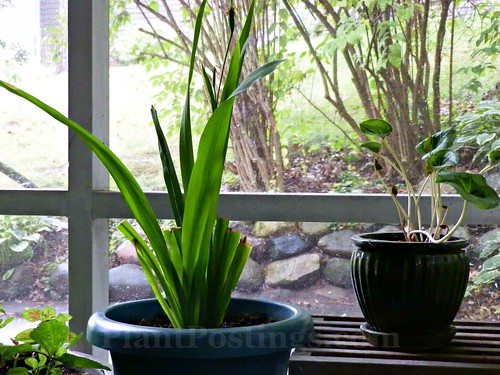 • I place the plant outside
• I place the plant outside (in a shady spot protected from heavy rainfall) with most of my other potted plants as soon as nighttime temperatures consistently remain above about 40F--generally sometime in early May. If we have a very cold night with a frost predicted, I move the plants to a warm porch and cover them. Usually, by mid-May, we're beyond the threat of nighttime frost, and I do a jig.
• When the foliage begins to wither and fall off, I slowly reduce watering. It is at this point, I believe, that many people give up on potted Cyclamens and throw them out (because I almost did, myself, more than once). But I encourage you to simply ignore the plant for a few months. A little water is OK, but the plant is now dormant and is better off neglected for a bit so it can rest during the heat of the summer.
In some years, the Cyclamen retains a few leaves even through the summer. In other years, it entirely loses its leaves and I can't believe there's a chance it will come back. But then it does! Tiny new shoots emerge from the soil and begin to fill in.
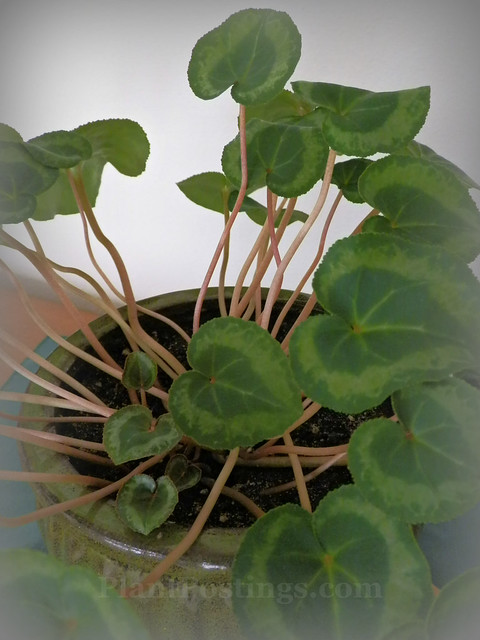 • Before the first frost,
• Before the first frost, I bring my plants indoors for the winter. For me, this happens sometime between early and mid-October. By this point, the Cyclamen is starting to look like a lovely potted foliage plant, perfect as a holiday accent piece.
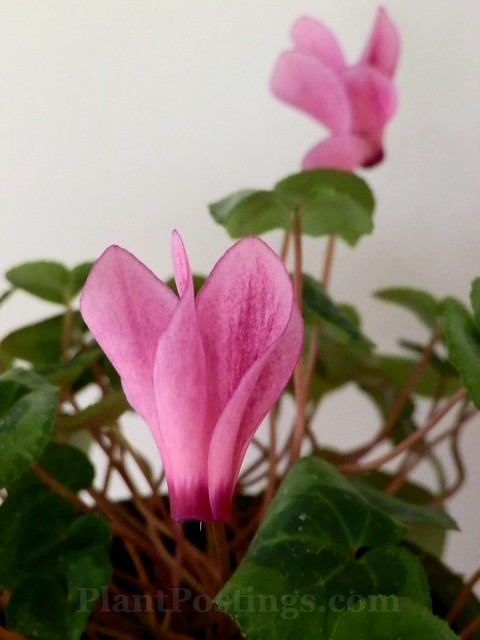
And so the cycle continues. If you've ever tried to grow florist's Cyclamen and have given up, I encourage you to try again. It's easier than you might think, and the hardest part is having faith it will resurrect from its summer dormancy. When it does, it's hard to describe the thrill of seeing new life at a time when most other plants are going dormant.
